Help Build Earth in a Garage
Support the creation of a fully closed, interconnected biosphere system. A one-of-a-kind experiment in balance, sustainability, and discovery.
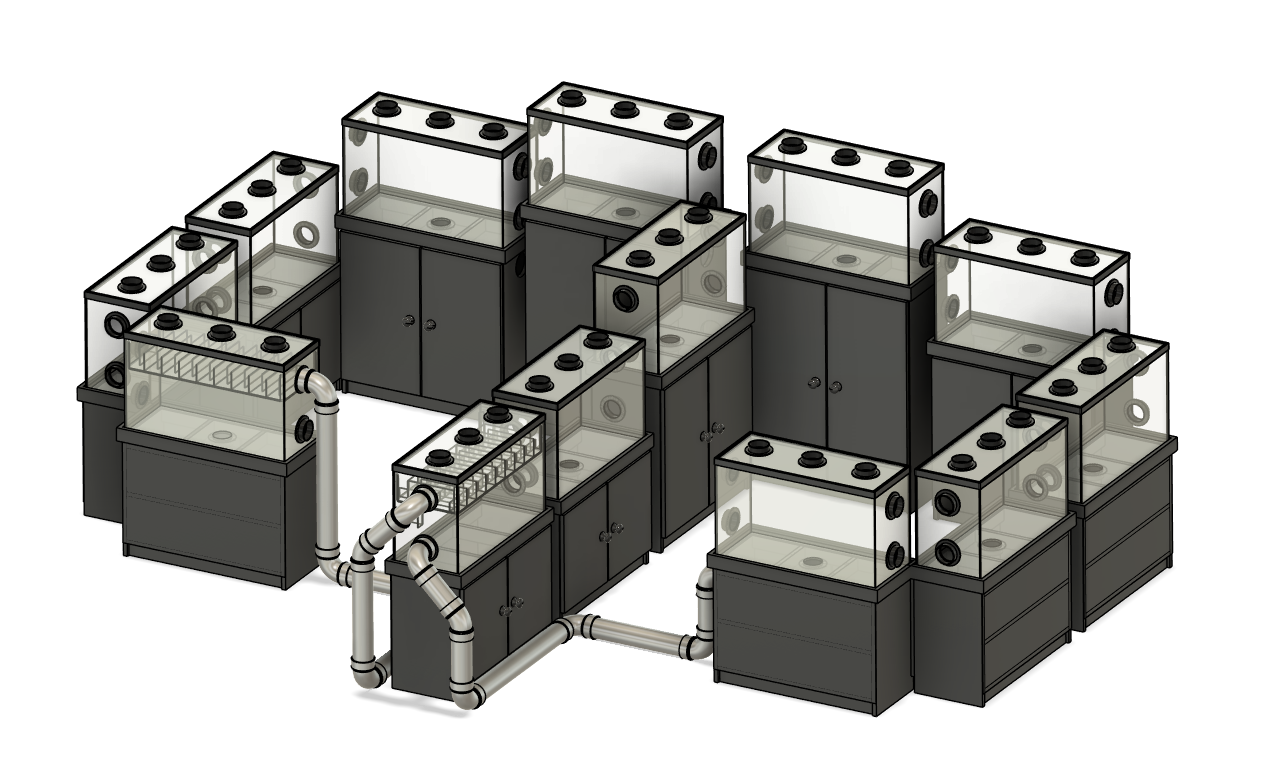
Support miniBIOTA
miniBIOTA is a living, closed-ecosystem project built on a human scale. It brings the complexity of natural systems into view, showing how water cycles, nutrient loops, and predator–prey dynamics all connect to create balance. Every habitat, from freshwater lakes to coastal mangroves, is recreated in miniature and maintained through carefully designed systems of light, climate, and rainfall.
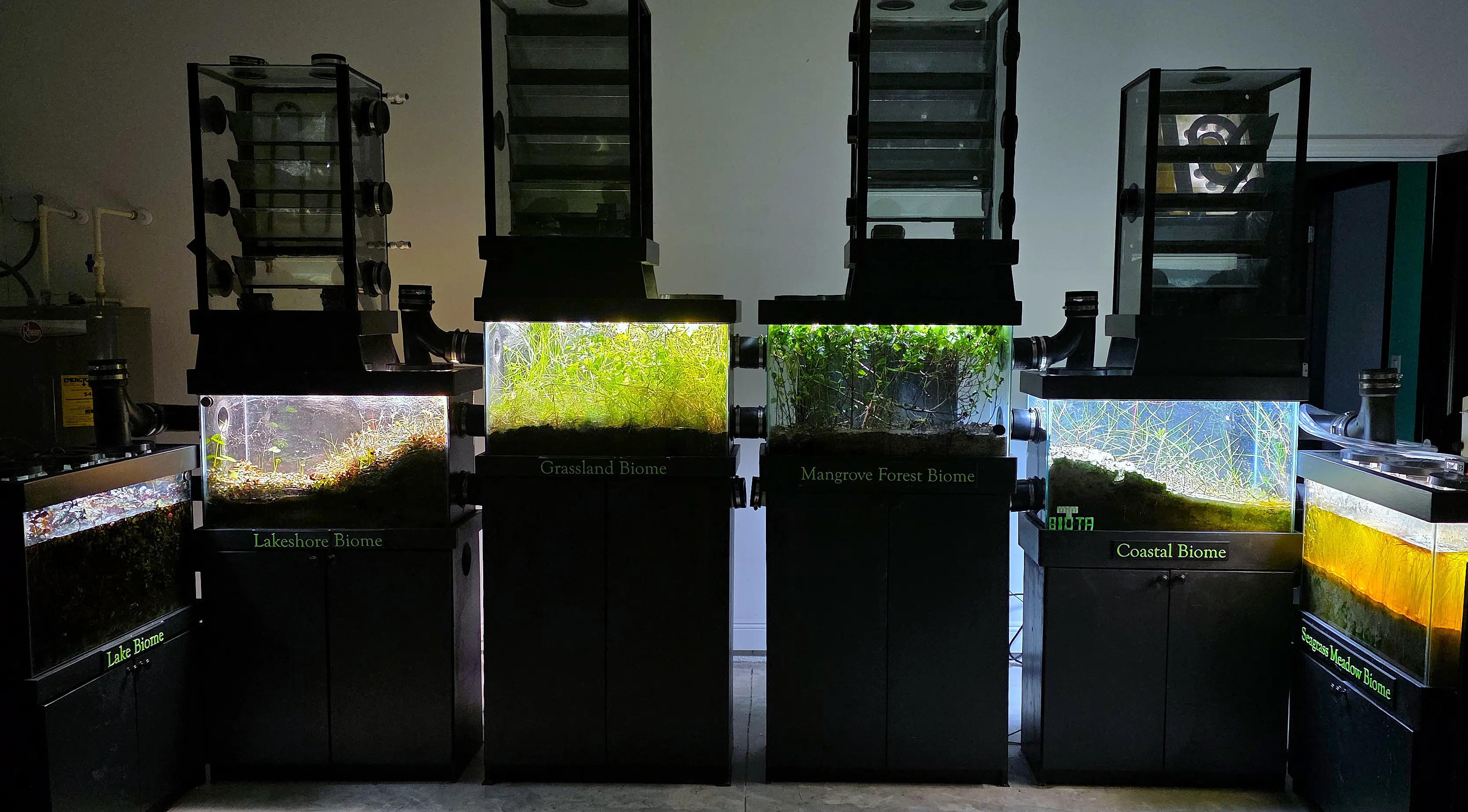
This project is not only about building a biosphere in a garage. It is about making ecological science accessible and personal, giving people a way to see how ecosystems actually work and why balance matters.
Living Experiment
Each biome interacts through cycles of water, energy, and life, revealing what keeps balance and what disrupts it.
World Within Reach
A living world at human scale, where ecological dynamics unfold in the space and time we can truly experience.
Shared Possibility
Each system developed for miniBIOTA is a step toward making closed-world simulations something we can all create and experience.
The Scope of the Project
A Modular, Living World
miniBIOTA is built from interconnected biomes that function together as a single, evolving system. Each biome, lake, lakeshore, grassland, mangrove forest, beach, and seagrass meadow, represents a piece of a larger cycle. The framework is modular, so new environments can be added, rearranged, or isolated to study interactions across boundaries.
Energy from the Outside, Life from Within
A core principle guides the build: no powered machinery operates inside the glass. There are no fans, filters, or pumps circulating water or air. All energy enters from outside, primarily through light and heat. Evaporation, condensation, and convection drive the system naturally, forming a closed water cycle that rains, evaporates, and balances, just as it does on Earth.
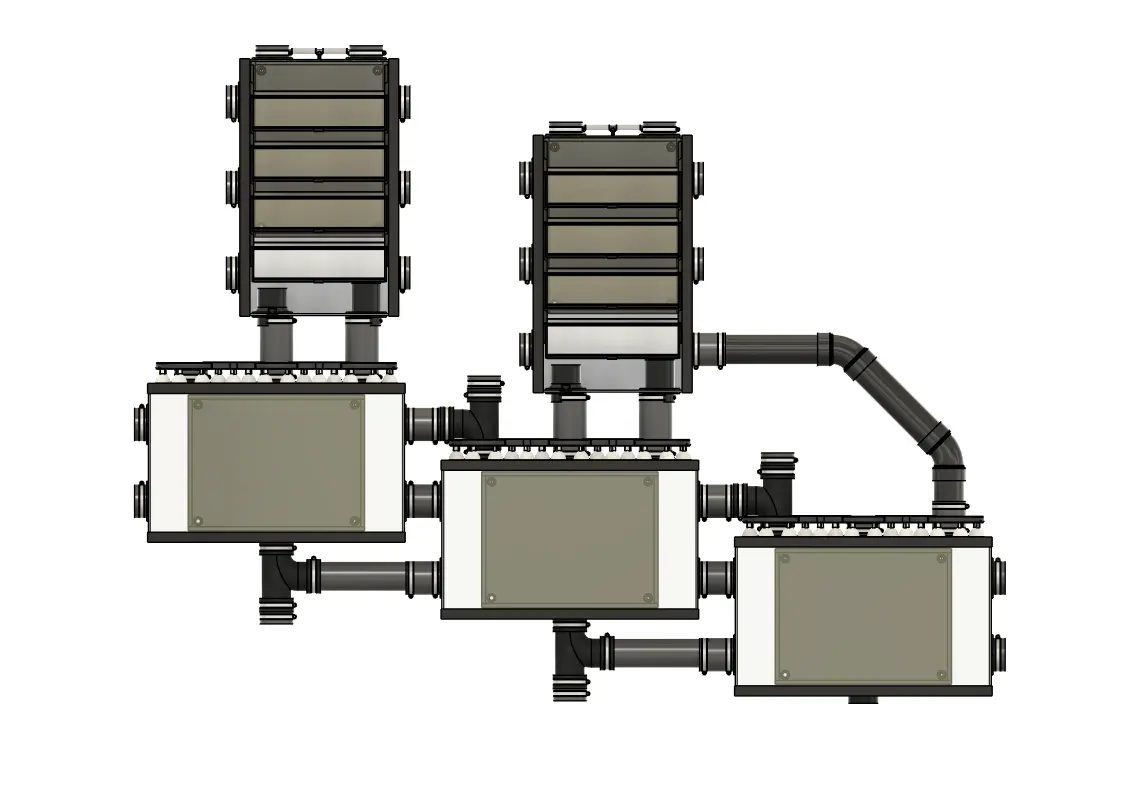
Toward a Continuous Planet in Miniature
The next stage is a continuous aquatic corridor that links freshwater to brackish to saltwater. Organisms will be able to migrate across gradients while preventing saltwater creep into the freshwater side.
A Platform for Discovery
Each system developed here becomes a shared blueprint. The goal is open, replicable designs so others can build closed-world simulations and experience ecology at human scale.
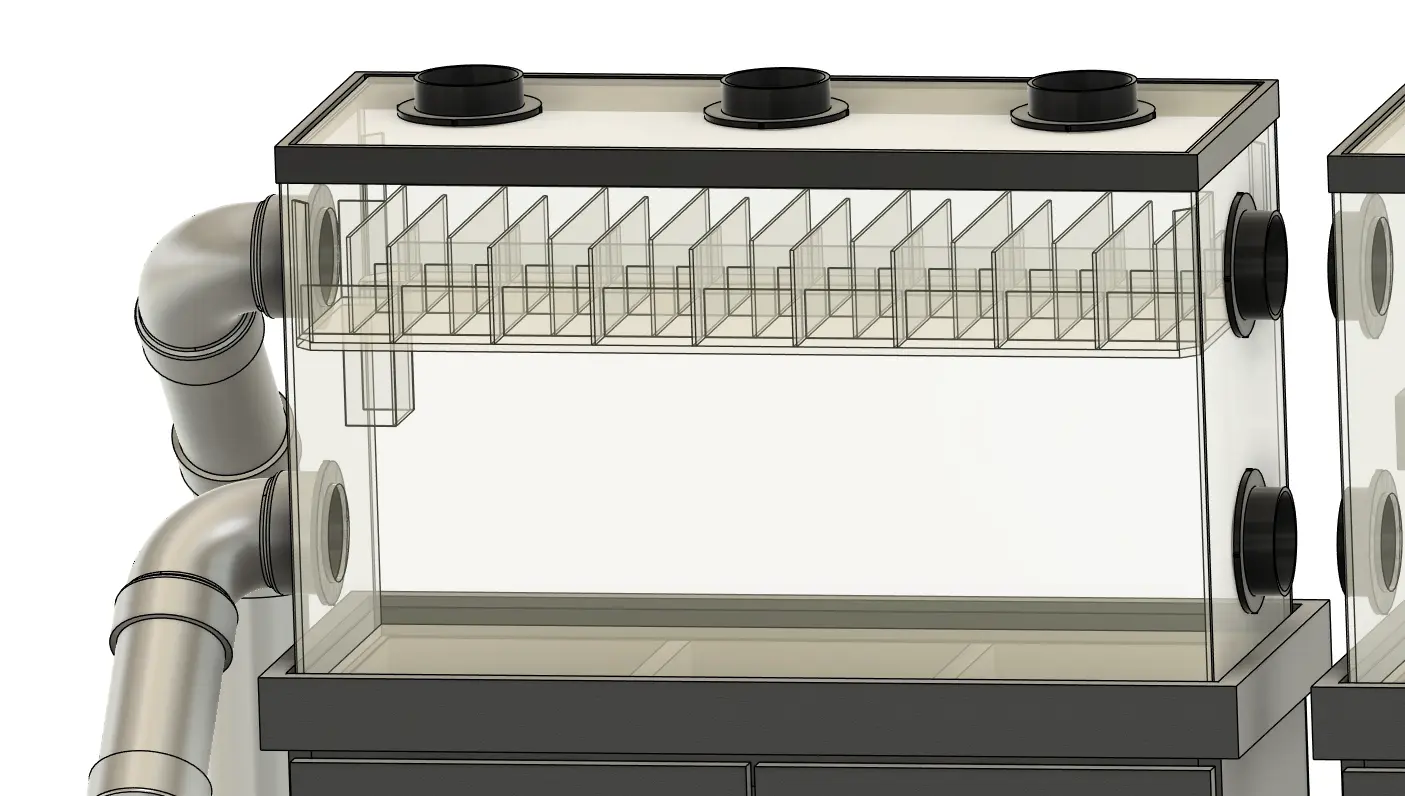
Why miniBIOTA Matters
We live inside the largest closed ecosystem we know, Earth. Yet most of what keeps it alive is invisible to us. miniBIOTA turns those invisible systems into something we can see and experience. Every drop of condensation, every bloom of algae, every shift in balance is a reflection of the same cycles that sustain us on our planet.
This project exists to make those hidden relationships visible, revealing how every system is bound to another. Within these miniature worlds, we see the same interdependence that shapes oceans, forests, and climates, each one sustained by the others in an endless exchange of energy and life.
The Vision Ahead
miniBIOTA is entering its next phase, expanding from six biomes to thirteen and moving toward a seamless aquatic corridor that links freshwater, brackish, and marine environments. This system will operate entirely on the energy of light and temperature gradients, creating a closed cycle where rain drives rivers and rivers feed the sea.
As the project grows, new designs, data, and insights will be shared through detailed documentation and visual storytelling, making it possible for others to learn from what is discovered here. The goal is to build a connected community of thinkers, builders, and observers exploring how self-sustaining systems evolve and adapt, while advancing a shared framework for closed modular ecosystems.
Each phase builds on the last, moving miniBIOTA toward a fully self-sustaining modular biosphere.
Closed Climate System
The complete sealing of the biosphere with a self-regulating climate that drives evaporation, condensation, and rainfall.
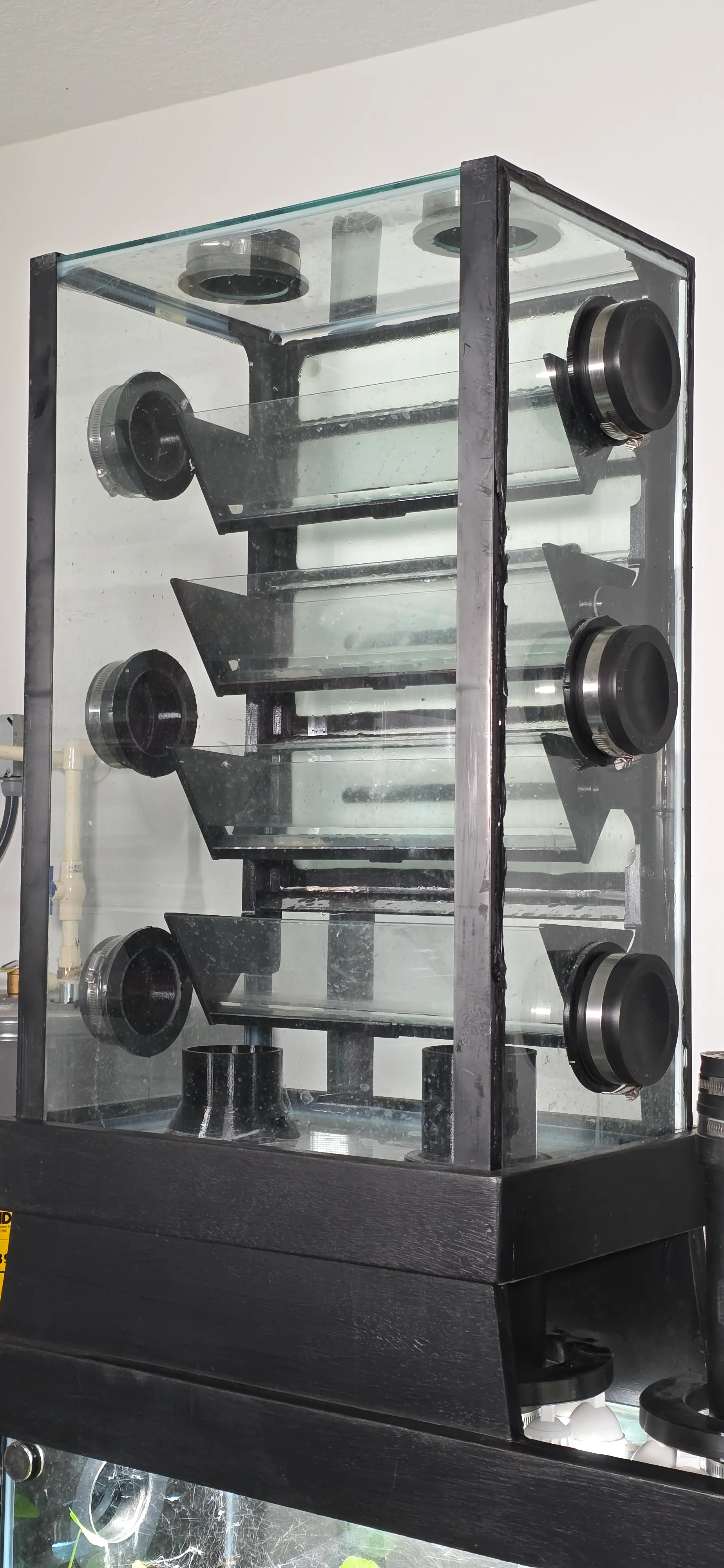
Atmosphere tank that drives condensation and rainfall.
Environmental Intelligence
Advanced sensors and precision lighting simulate natural sunlight and seasonal change while monitoring biome conditions in real time.
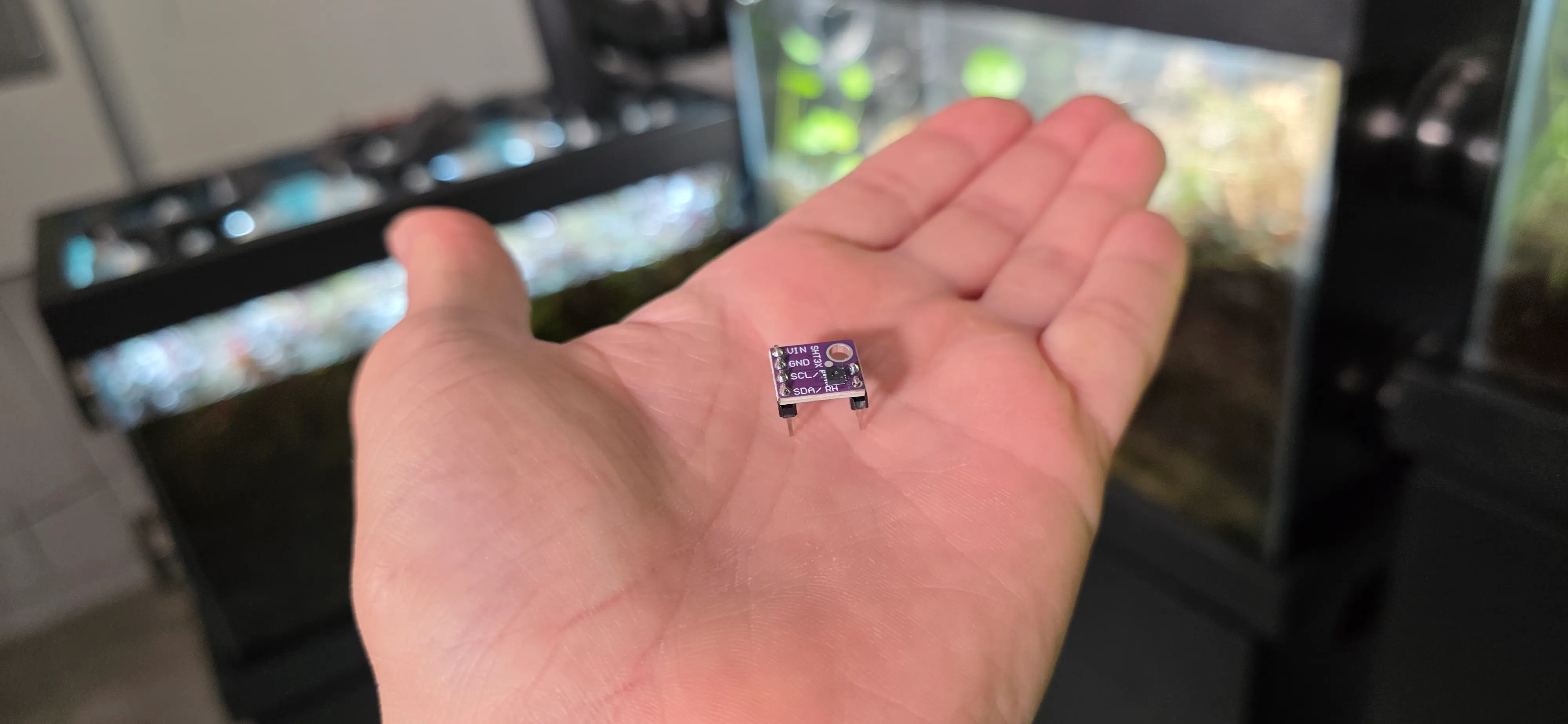
Environmental sensor used for light and climate monitoring.
Thirteen Biomes & Aquatic Corridor
Expansion to thirteen biomes connected by a continuous freshwater to brackish to marine gradient.
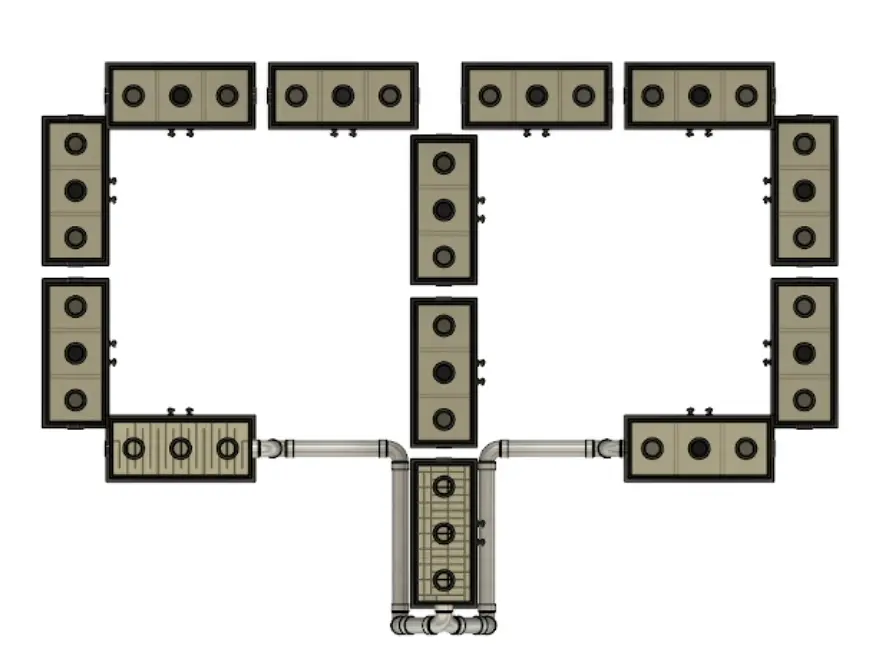
Planned thirteen-biome layout with the aquatic corridor.
How to Support the Journey
miniBIOTA is a growing experiment powered by curiosity and community. Your support helps expand and sustain this living system, from building new biomes and maintaining the life within them to documenting discoveries and developing the technology that makes it all possible. Every contribution directly fuels the progress toward creating a fully self-sustaining, interconnected biosphere.
Ko-fi
Balance is Everything — Join the Journey
By donating, you are directly helping build a model of Earth's balance that can inspire and educate people worldwide. Thank you for supporting the vision of miniBIOTA.
Thank you to our amazing supporters! Every contribution helps us maintain this delicate balance and continue building toward a fully closed ecosystem.
